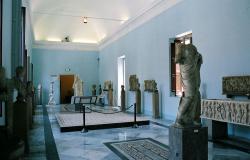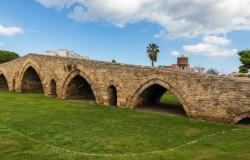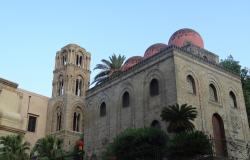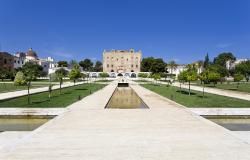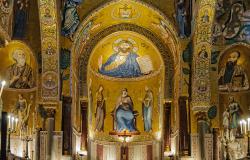Monument: Cathedral of Syracuse

The Cathedral of Syracuse (Duomo di Siracusa), formally the Cattedrale metropolitana della Natività di Maria Santissima, is an ancient Catholic church in Syracuse, Sicily, the seat of the Catholic Archdiocese of Siracusa. Its structure is originally a Greek doric temple, and for this reason it is included in a UNESCO World Heritage Site designated in 2005. The cathedral stands in the city's historic core on Ortygia Island.
The origins of a temple on this site date to prehistory. The great Greek Temple of Athena was built in the 5th century BC. The temple was a Doric edifice with six columns on the short sides and 14 on the long sides. Plato and Athenaeus mention the temple, and the looting of its ornament is mentioned by Cicero, in 70 BC, as one of the crimes of the governor Verres.
As part of the increased building activity after the 1693 Sicily earthquake, the cathedral was rebuilt and the façade redesigned by architect Andrea Palma in 1725–1753. The style is classified as High Sicilian Baroque, a relatively late example. The double order of Corinthian columns on the facade provide a classic example of carved Acanthus leaves in the capitals. Sculptor Ignazio Marabitti contributed the full-length statues on the facade.
Duomo di Siracusa
Piazza Duomo 5
96010 Siracusa SR
Italy
